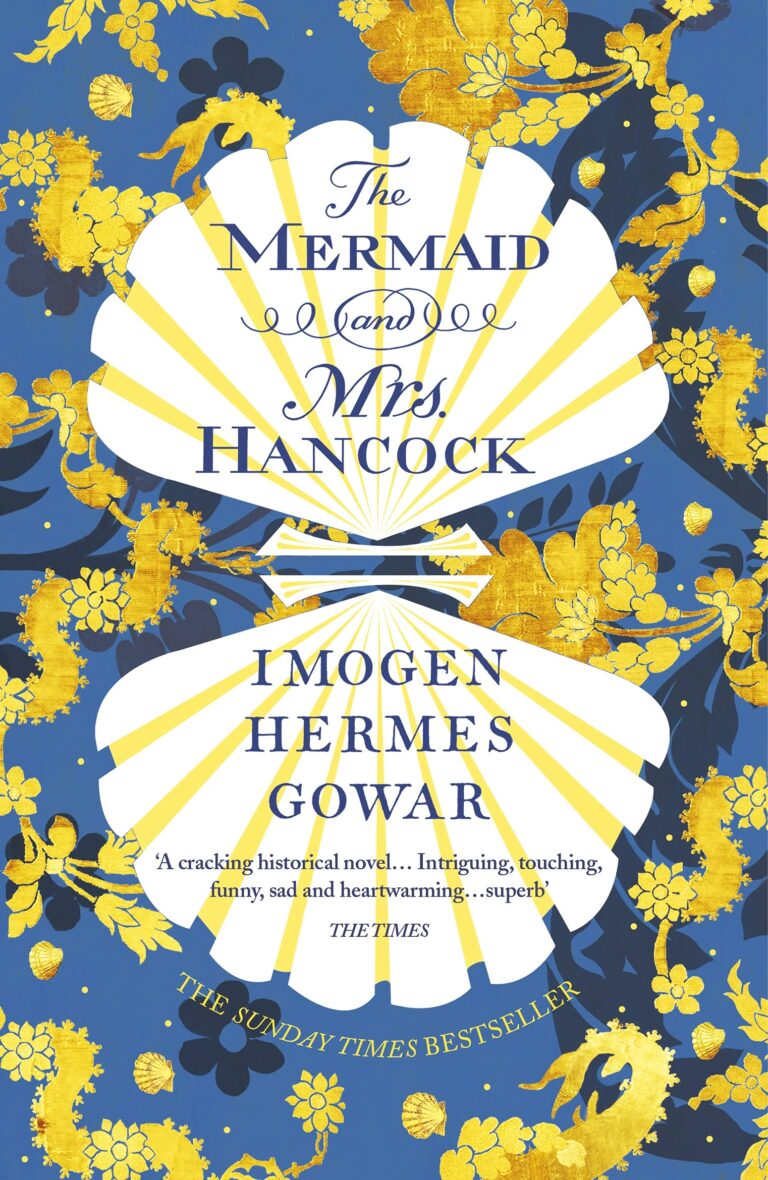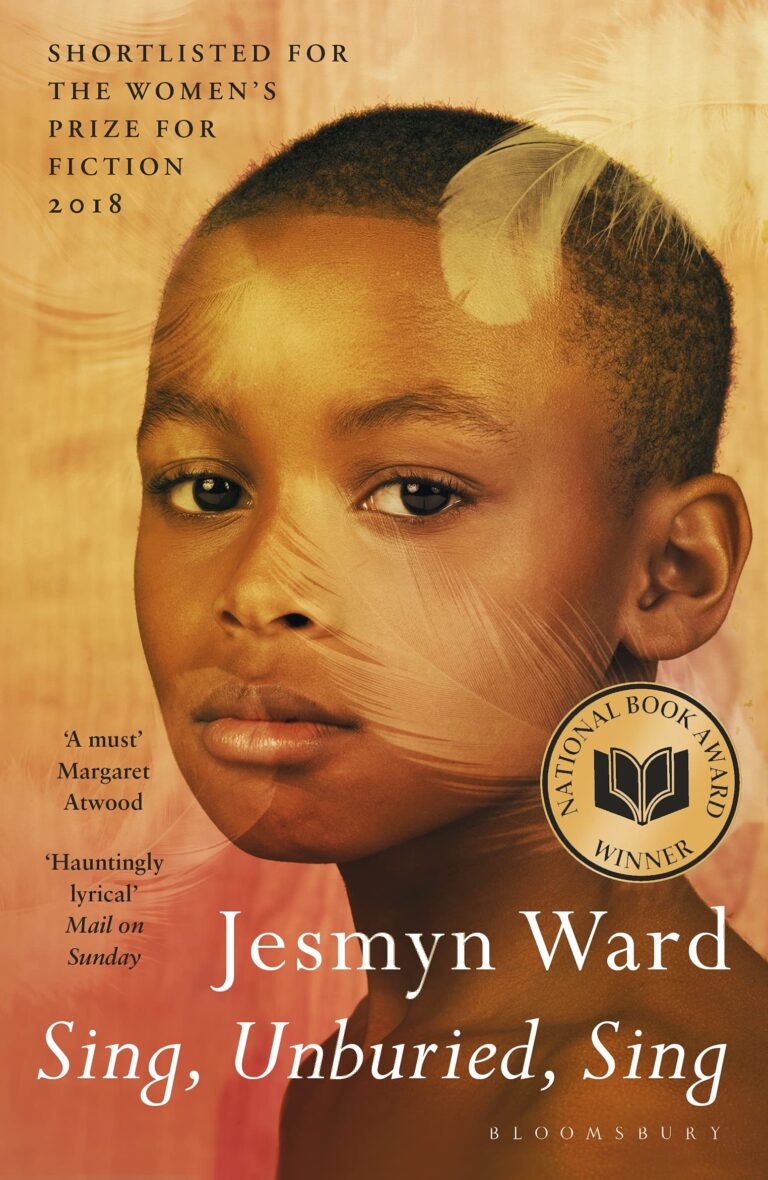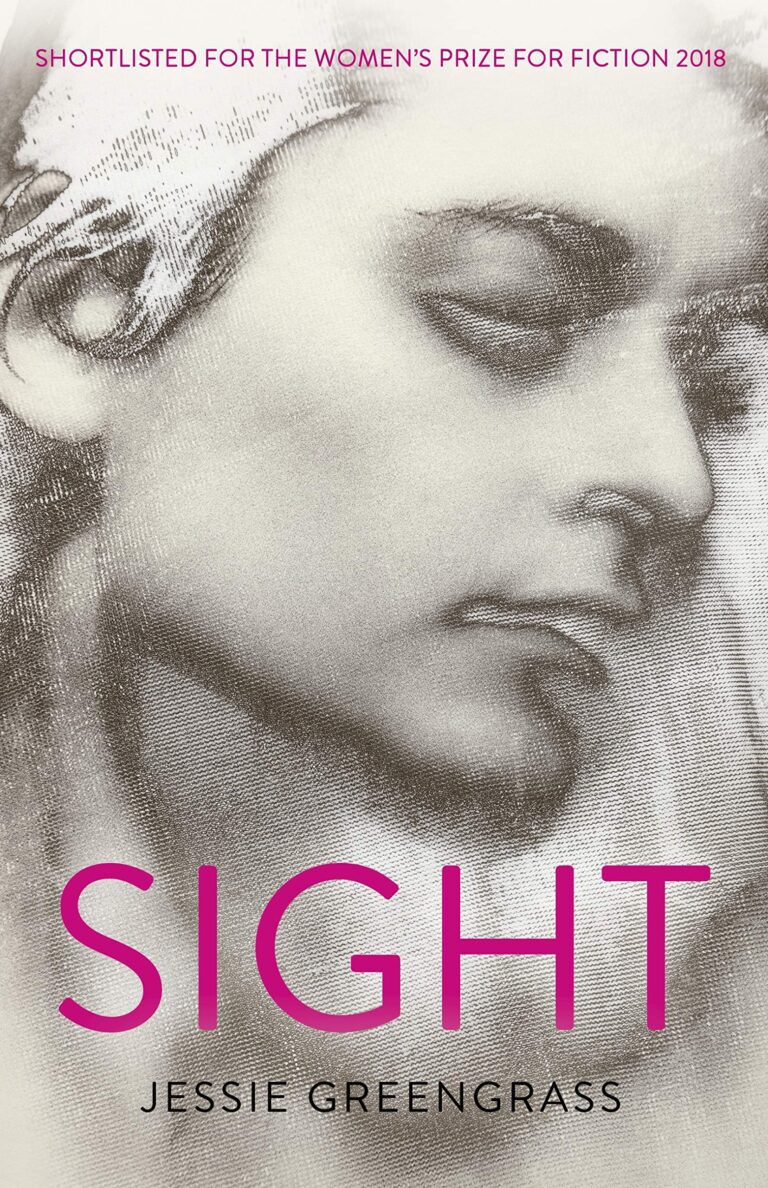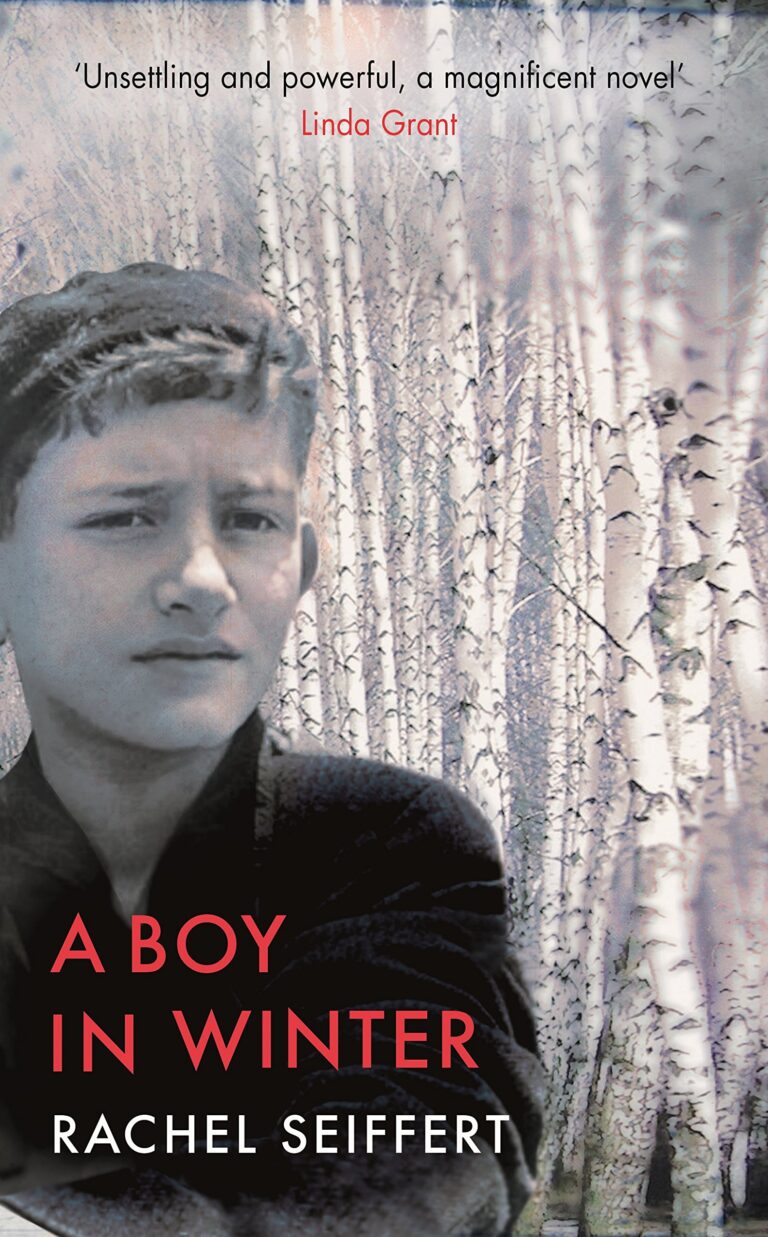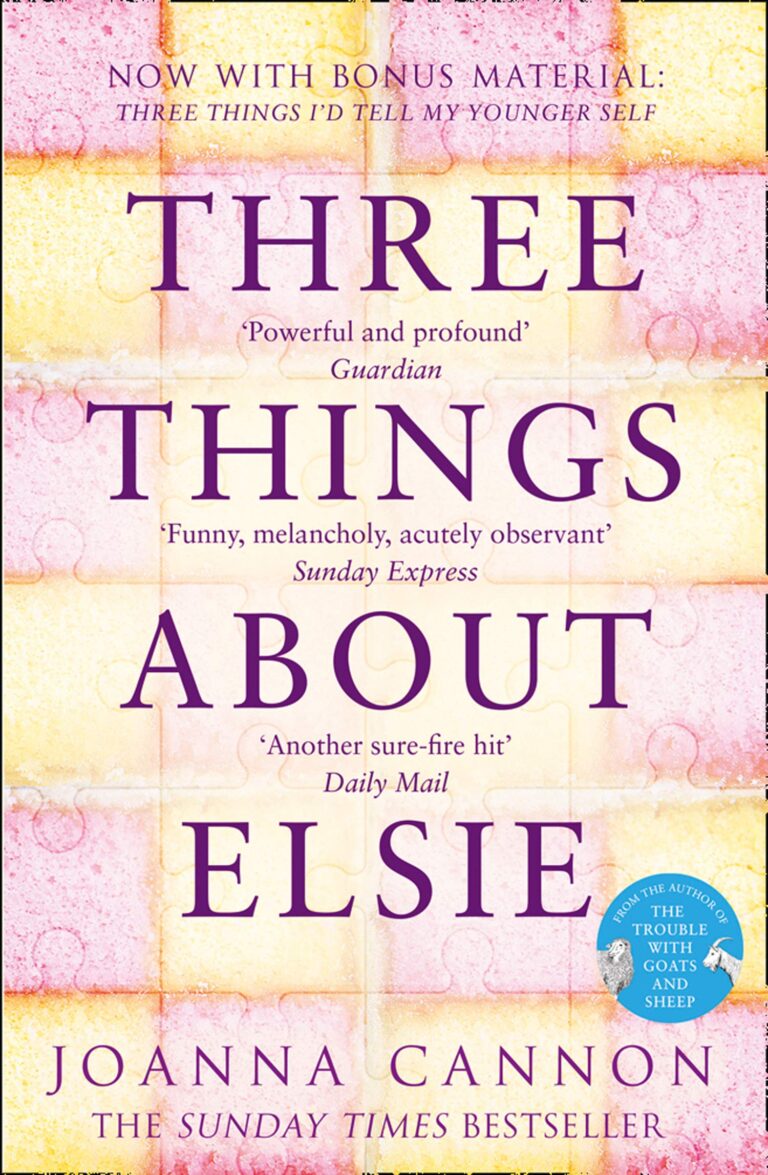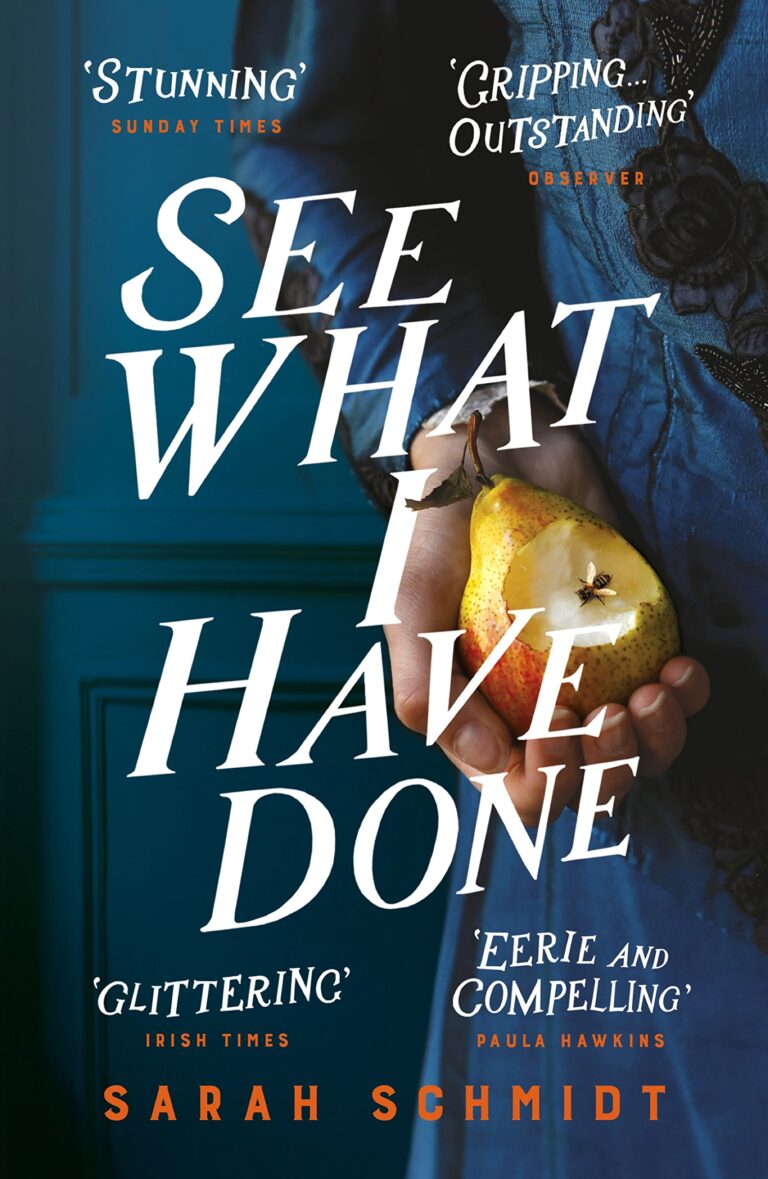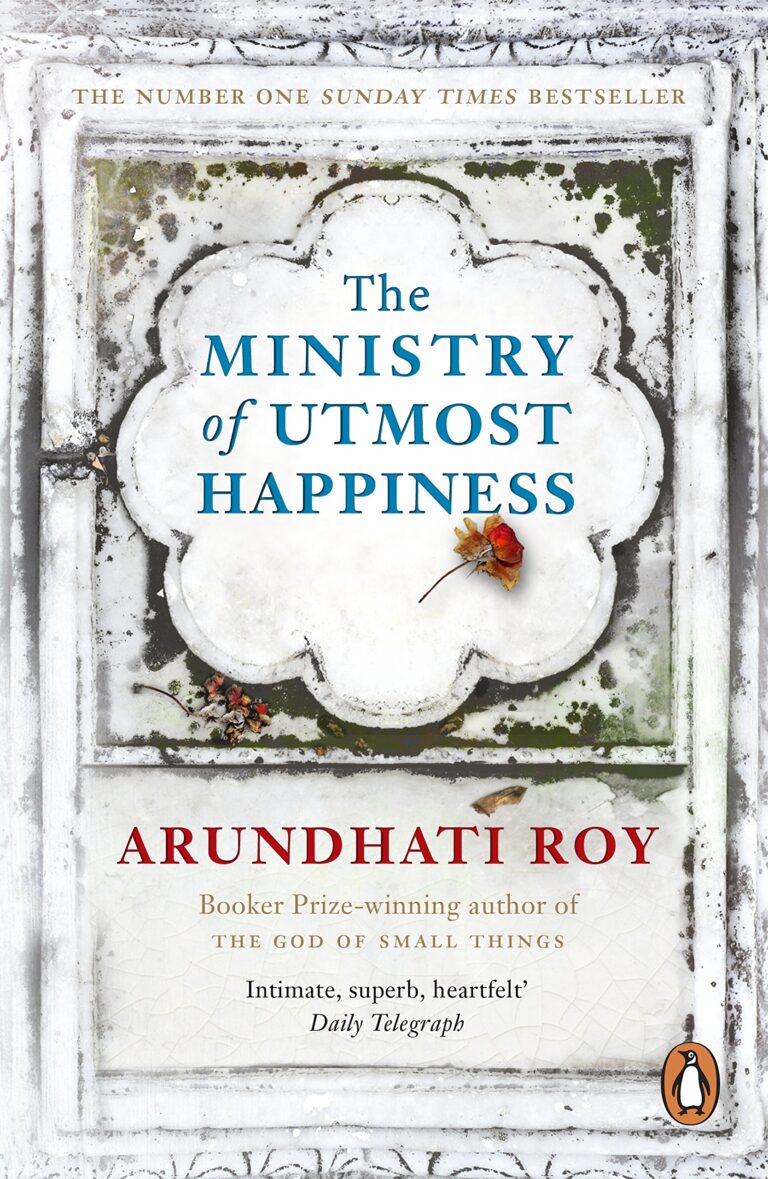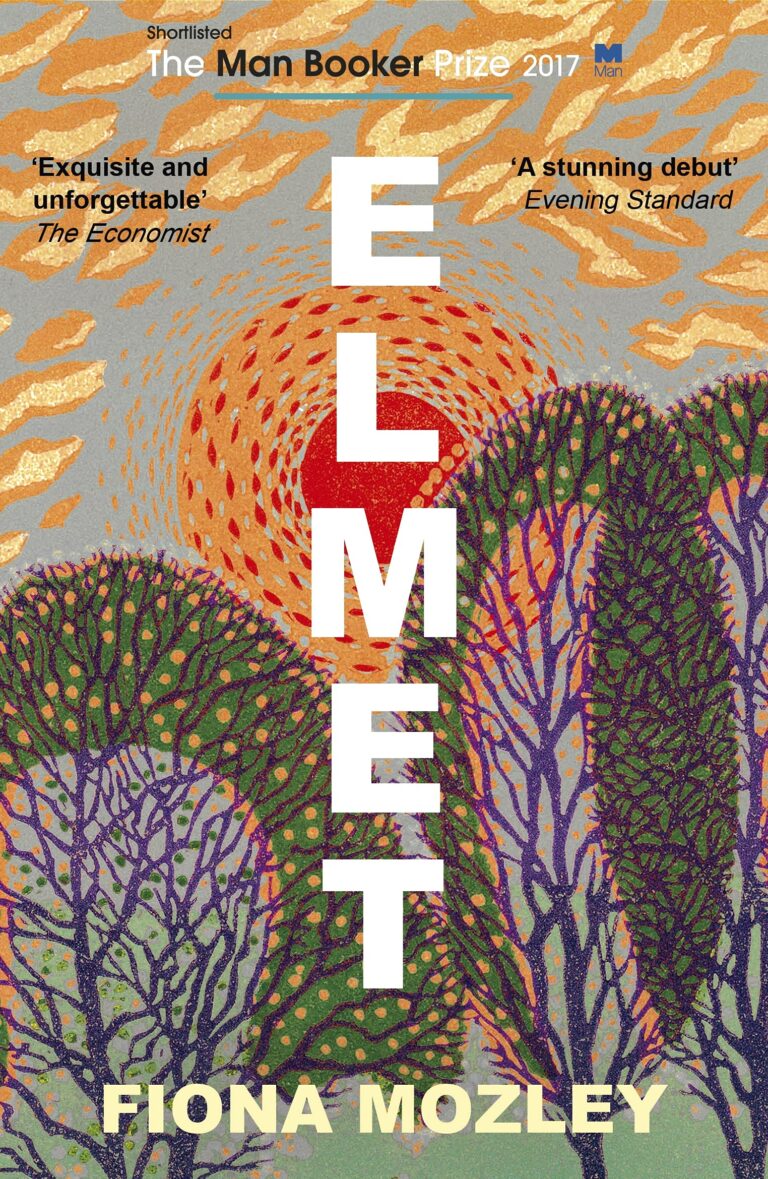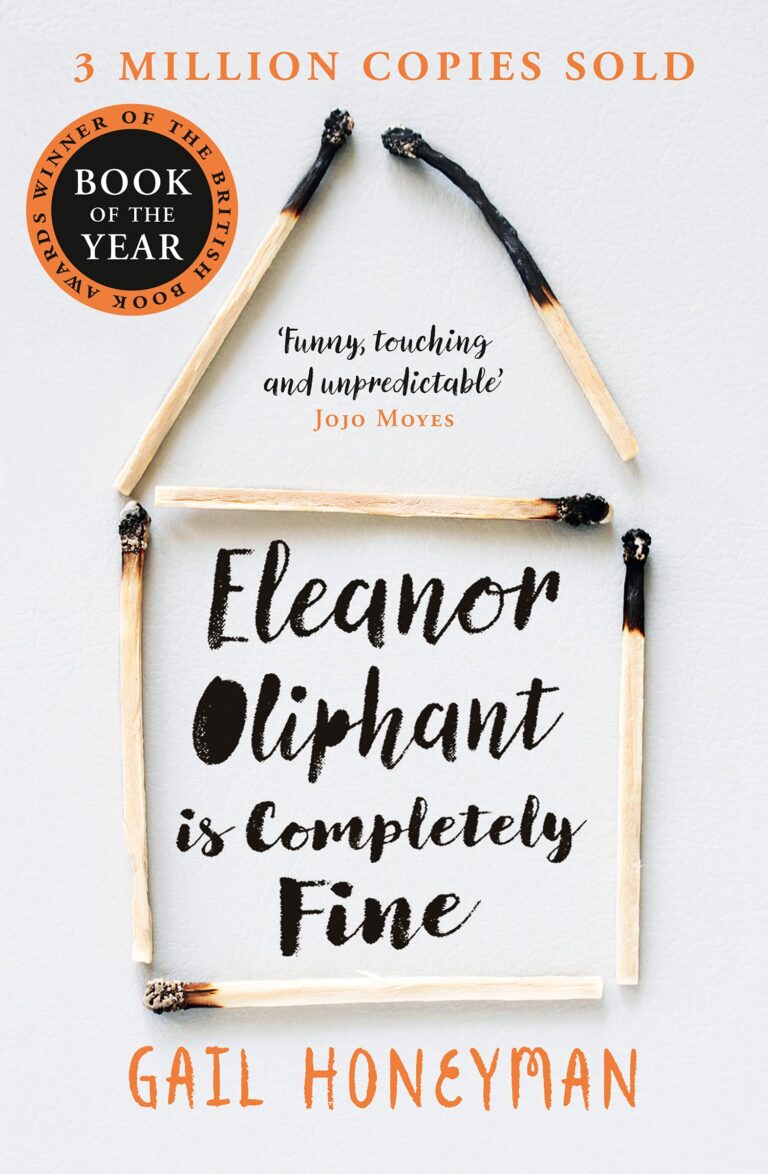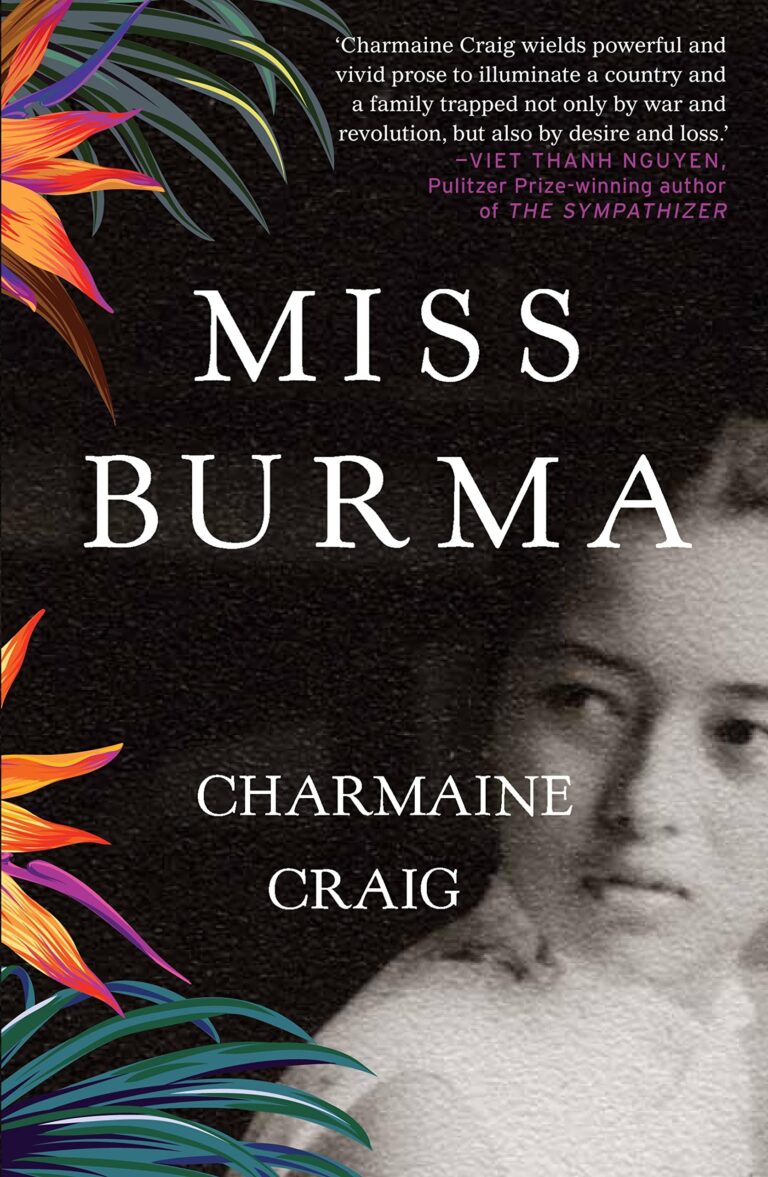
Based of the lives of the author’s mother and grandparents, Miss Burma tells the story of modern-day Burma through the eyes of one family struggling to find love, justice, and meaning during a time of war and political repression.
It is 1939, and Benny, a young Jewish officer, is working for the British Customs Service in Burma. One day during his shift at the docks, he catches sight of a young woman with hair down to her ankles, standing at the end of a jetty. This is Khin, who belongs to Burma’s Karen ethnic minority group, which for centuries has been persecuted by the Burman majority. She and Benny soon marry, but when World War II comes to Asia, and Rangoon finds itself under threat of the Japanese occupation, the young couple and their baby daughter Louisa are forced to take shelter among Khin’s Karen countrymen in the eastern part of Burma. After the war, the British Empire strikes an independence deal with the Burman Nationalists, led by Aung San, leaving the Karen and other ethnic minority groups in a precarious position. Soon Benny will become an architect of the Karen revolution, which sparks the longest running civil war in recorded history.
Nearly a decade into the civil war. Louisa captures the country’s imagination, becoming Burma’s first national beauty queen. As she navigates her soaring fame and increasingly dire political reality, she will be forced to reckon with her family’s past, the West’s ongoing covert dealings in Burma, and her own loyalty to the cause of the Karen people.






